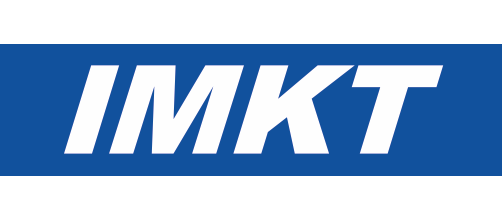Computational investigation of crack inducing forces on bearing surfaces regarding the tribofilm structure
- verfasst von
- Florian Pape, Martin Petzold, Gerhard Poll
- Abstract
To reduce wear in tribosystems, the formation of a protective tribofilm is beneficial. by applying additives to the lubricating oil or grease, an anti-wear boundary layer can be achieved. For simulating the induced stresses on the bearings surface, the formed tribofilm should be regarded. In this study, cylindrical roller thrust bearings were investigated regarding a tribofilm formed by oil containing zinc dialkyldithiophosphate (ZDDP) additives. Due to the test conditions, a smooth film with low roughness forms on the surface. The film consists of glassy Fe/Zn polyphosphates with a height of up to 150 nm and a width of approximately 1 μm. based on the roughness, the surface was modelled with regularly distributed dimples to be used for a finite element model for the contact between a roller and a bearing washer regarding contact stress and tangential forces due to slip. The dimples in the contact between roller and washer lead to an inhomogeneous pressure distribution near the surface. During the contact, the surface pads of the roller partly slide over the surface pads of the washer in dependence of the contact position. of particular interest is the deformation in running direction. If the asperities of the roller press against th e washers asperities, a significant deformation at the dimples and in the volume underneath occurs. As expected, the strains occur in the regions with high deformation gradients. During rolling, the deformations lead to areas that are stretched and compressed. The maximum strains are located between the dimples and shift in rolling direction from pad to pad. It has to be assumed, that the formation of cracks starts between the dimples at the surface and develop along the stretched areas whereas the cracking in the compressed areas is suppressed or at least impeded. The simulative results were compared to literature proving that the values determined by simulation are in well agreement.
- Organisationseinheit(en)
-
Institut für Maschinenkonstruktion und Tribologie
- Typ
- Artikel
- Journal
- International Journal of Computational Methods and Experimental Measurements
- Band
- 7
- Seiten
- 340-349
- Anzahl der Seiten
- 10
- ISSN
- 2046-0546
- Publikationsdatum
- 01.10.2019
- Publikationsstatus
- Veröffentlicht
- Peer-reviewed
- Ja
- ASJC Scopus Sachgebiete
- Numerische Mechanik, Modellierung und Simulation, Angewandte Informatik, Computational Mathematics, Angewandte Mathematik
- Elektronische Version(en)
-
https://doi.org/10.2495/CmEm-V7-n4-340-349 (Zugang:
Offen)


